StyleGAN, as a powerful image generation model, comes with its own set of advantages and disadvantages. Here are some key advantages and disadvantages of StyleGAN:
Advantages:
- High-Quality Output: StyleGAN is known for its ability to generate high-quality and realistic images. It produces outputs that closely resemble real-world photographs, capturing fine details, textures, and variations.
- Fine-Grained Control: StyleGAN allows for precise control over specific image attributes. By manipulating latent variables or style vectors, users can influence features such as facial expressions, age, hair color, and more. This level of control enables customization and creative exploration.
- Style Mixing: StyleGAN introduces style mixing, allowing for the blending of different styles during image generation. This enables the creation of unique and novel images that combine features from multiple sources, offering enhanced creativity and diversity in the generated outputs.
- Progressive Growing: StyleGAN incorporates a progressive growing technique during training, starting with low-resolution images and gradually increasing the complexity. This approach helps generate high-resolution images with improved details and realistic textures.
- Pre-Trained Models and Tools: StyleGAN has gained popularity, resulting in the availability of pre-trained models and user-friendly tools. These resources make it easier for users to explore and experiment with StyleGAN, even without extensive knowledge of deep learning or GANs.
Disadvantages:
- Computational Resources: Generating high-quality images with StyleGAN requires significant computational resources, including powerful GPUs and ample memory. Training and generating images can be computationally intensive, making it less accessible for users with limited hardware resources.
- Training Complexity: Training StyleGAN from scratch can be a complex and time-consuming process. It requires a large dataset and careful tuning of training parameters. While pre-trained models are available, training new models or modifying existing ones can be challenging for inexperienced users.
- Overfitting and Mode Collapse: Like any GAN-based model, StyleGAN can be prone to overfitting or mode collapse. Overfitting occurs when the model fails to generalize well beyond the training data, resulting in limited diversity in the generated outputs. Mode collapse refers to situations where the generator fails to explore the full range of possible image variations.
- Interpretability and Control Trade-off: While StyleGAN offers control over specific attributes, understanding and interpreting the latent space and its relationship to image features can be challenging. Achieving precise control over complex attributes may require extensive experimentation and fine-tuning.
It’s important to consider these advantages and disadvantages in the context of your specific use case and requirements. StyleGAN’s impressive image generation capabilities and flexibility make it a popular choice, but understanding its limitations and potential challenges can help manage expectations and guide decision-making.
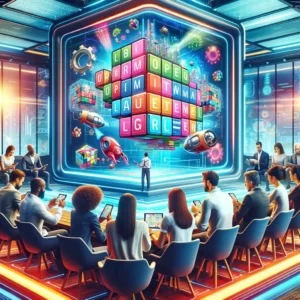








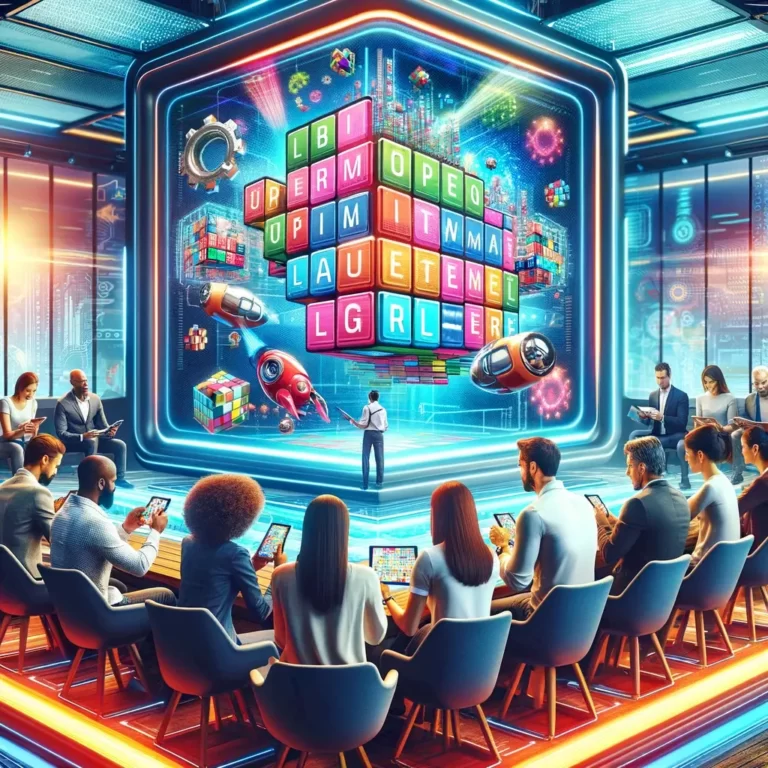
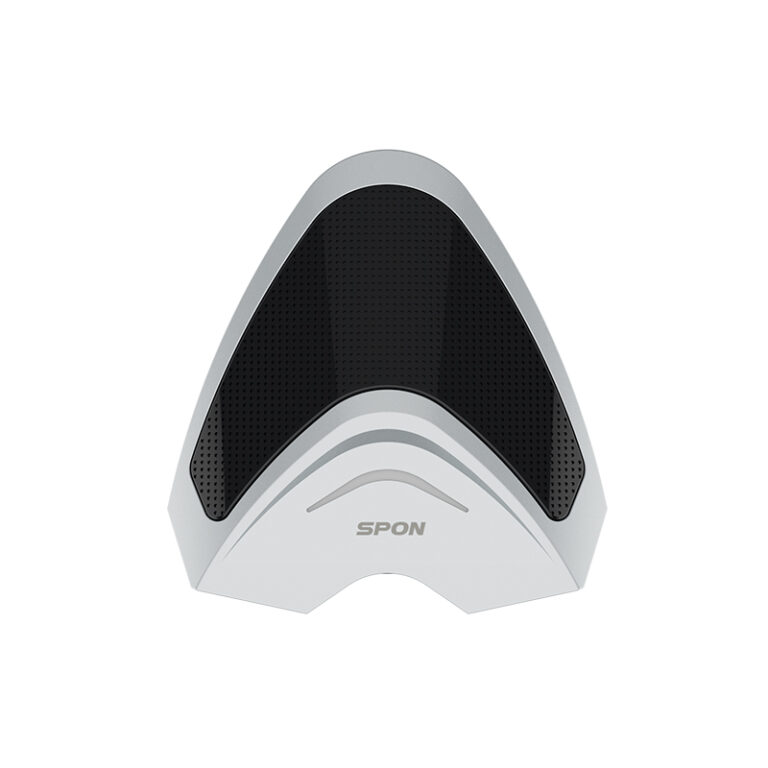



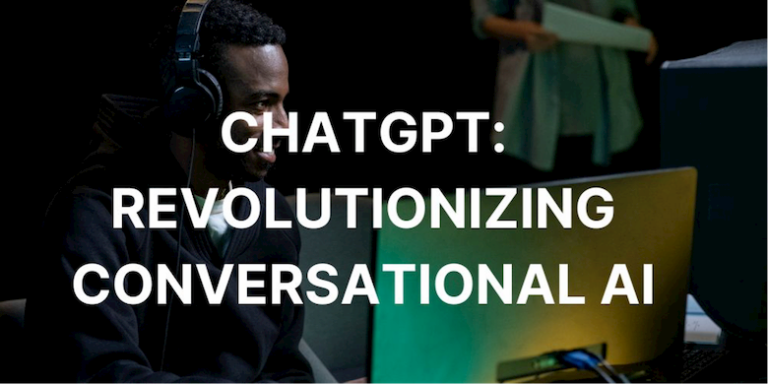
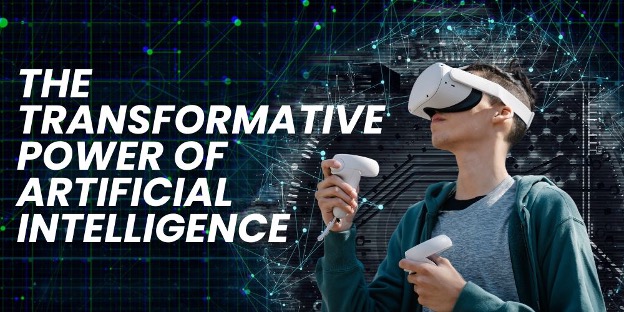
+ There are no comments
Add yours